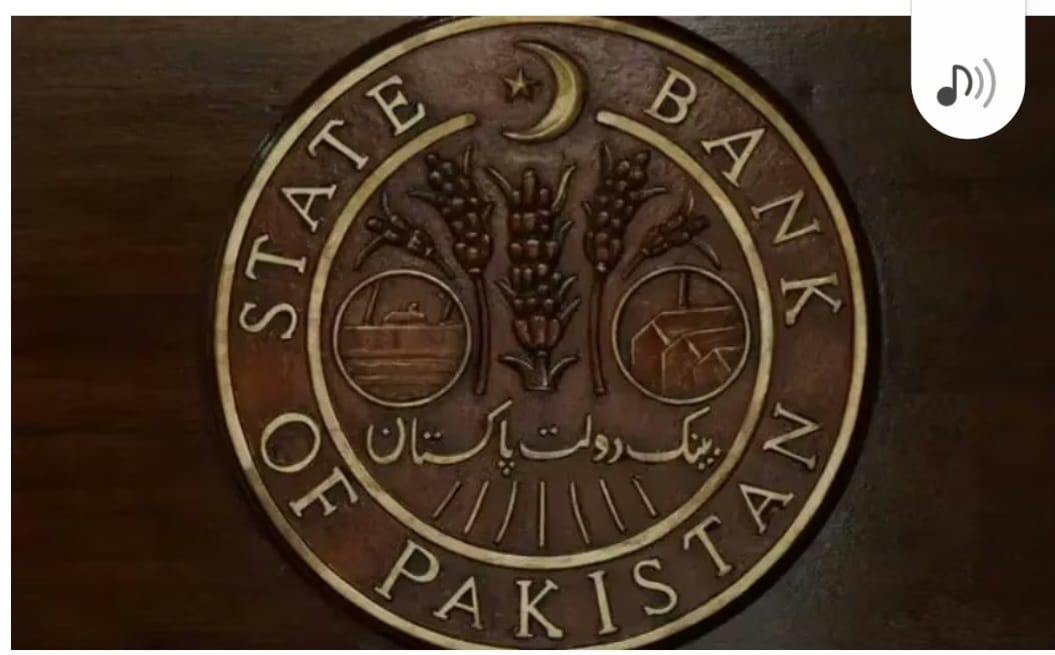WNAM REPORT: Pakistan’s Monetary Policy Committee (MPC) on Monday decided to keep the policy rate unchanged at 11 percent, citing a recent pickup in economic activity and an improved macroeconomic outlook despite a rise in headline inflation.
Headline inflation climbed to 5.6 percent in September from 3 percent a month earlier, while core inflation held steady at 7.3 percent, the State Bank of Pakistan (SBP) said in a statement following the MPC meeting.
The committee noted that the economic impact of recent floods appeared smaller than initially feared, with crop losses contained and supply disruptions minimal. High-frequency indicators, including sales of automobiles, cement, fertilizers, and petroleum products, signaled continued momentum in economic activity.
“The overall macroeconomic outlook has improved from the previous assessment,” the MPC said. However, it warned of lingering uncertainties from volatile global commodity prices, challenging export prospects due to evolving tariff dynamics, and potential domestic food supply frictions.
Key Developments
Since the MPC’s last meeting, the Pakistan Bureau of Statistics revised its FY25 GDP growth estimate upward to 3 percent from 2.7 percent. Preliminary data suggested that major Kharif crop production remained close to last year’s levels despite the floods.
The SBP also reported continued growth in foreign exchange reserves—despite a $500 million Eurobond repayment—reaching $14.5 billion as of Oct. 17. Pakistan also reached a staff-level agreement with the International Monetary Fund on its Extended Fund Facility (EFF) and Resilience and Sustainability Facility (RSF) reviews.
Inflation expectations among consumers and businesses have eased, while global commodity prices showed mixed trends, with oil prices displaying heightened volatility.
Growth and Inflation Outlook
The MPC now expects real GDP growth to reach the upper half of its earlier projected range of 3.25 percent to 4.25 percent in FY26, supported by a recovery in agriculture and industry. Large-scale manufacturing grew 4.4 percent during July–August, compared with a slight contraction in the same period last year.
Inflation, meanwhile, is expected to exceed the central bank’s 5–7 percent target range for several months in the second half of FY26 before returning to target in FY27. The committee attributed the recent uptick mainly to food and energy prices following the floods but said the surge was milder than in past flood episodes.
External and Fiscal Sectors
Pakistan’s current account posted a $110 million surplus in September, keeping the first-quarter deficit for FY26 at $594 million. Exports rose moderately while imports increased faster, widening the trade deficit. Resilient remittances and financial inflows helped strengthen reserves, which the SBP expects to reach $15.5 billion by December and around $17.8 billion by June 2026.
Tax revenues grew 12.5 percent year-over-year in the first quarter to Rs2.9 trillion, though collections fell short of the target by Rs198 billion. Higher non-tax revenues, including SBP profits and petroleum development levy (PDL) receipts, are expected to support the fiscal position. The MPC projected that both overall and primary balances will post surpluses in the first quarter, emphasizing the need for continued fiscal discipline.
Monetary Conditions
Broad money growth slowed to 12.3 percent as of Oct. 10, driven by reduced credit to non-bank financial institutions. Private sector credit expanded by 17 percent, reflecting the ongoing recovery and easier financial conditions, with notable borrowing in textiles, telecommunications, chemicals, and trade sectors.
The MPC concluded that the real policy rate remains “adequately positive” to bring inflation back within target over the medium term and reiterated the importance of maintaining coordinated monetary and fiscal policies, along with structural reforms, to sustain economic growth.


